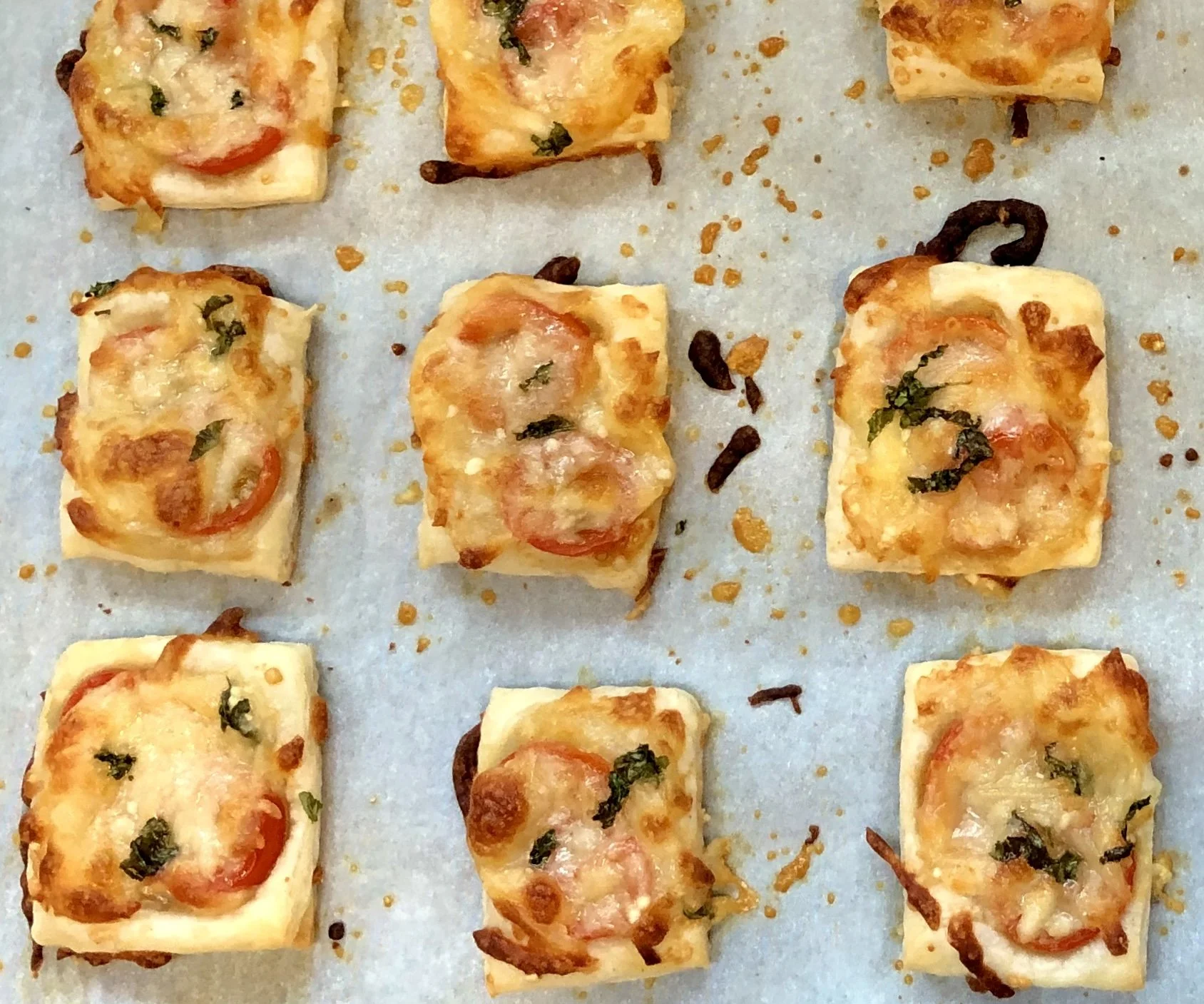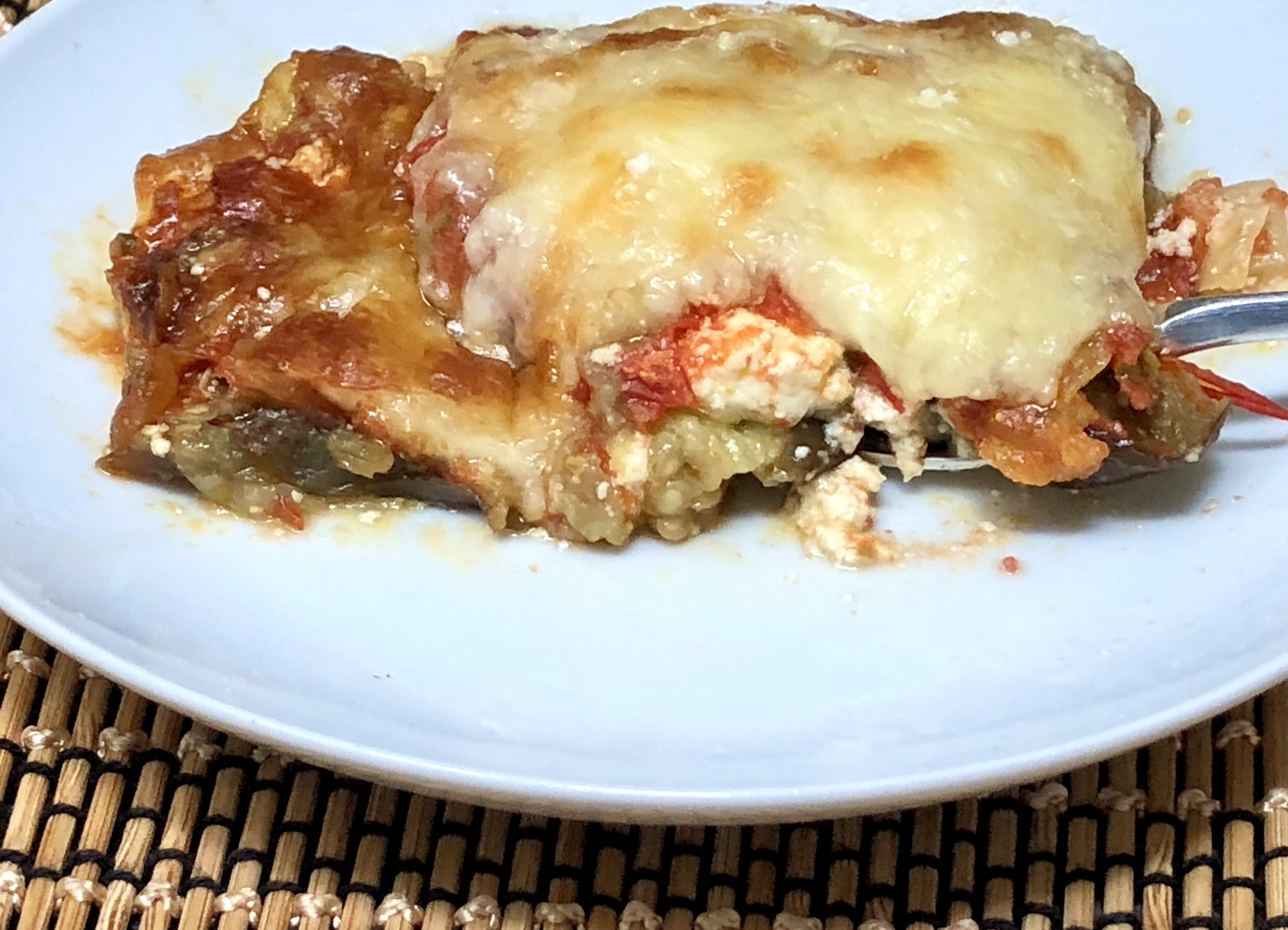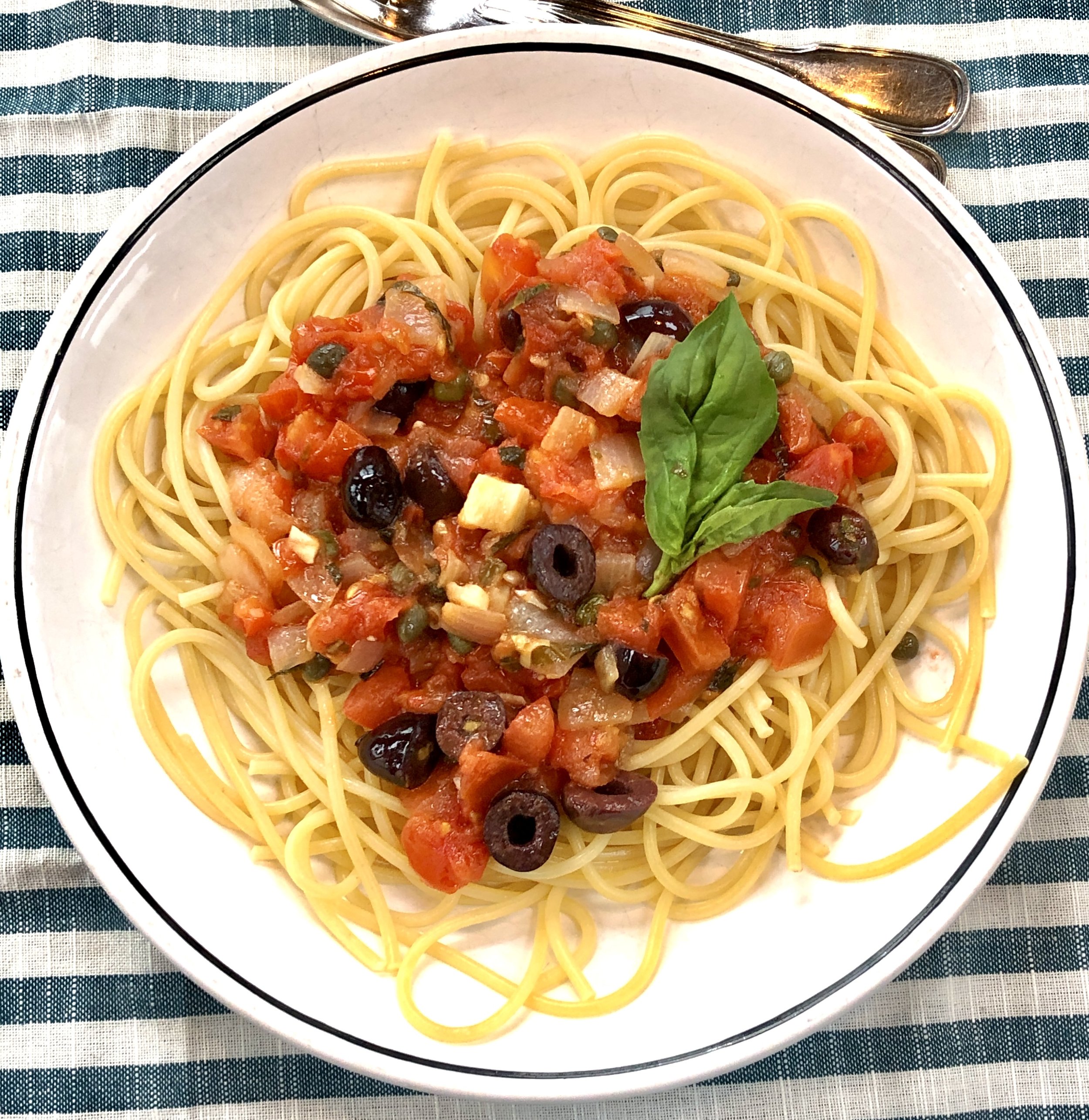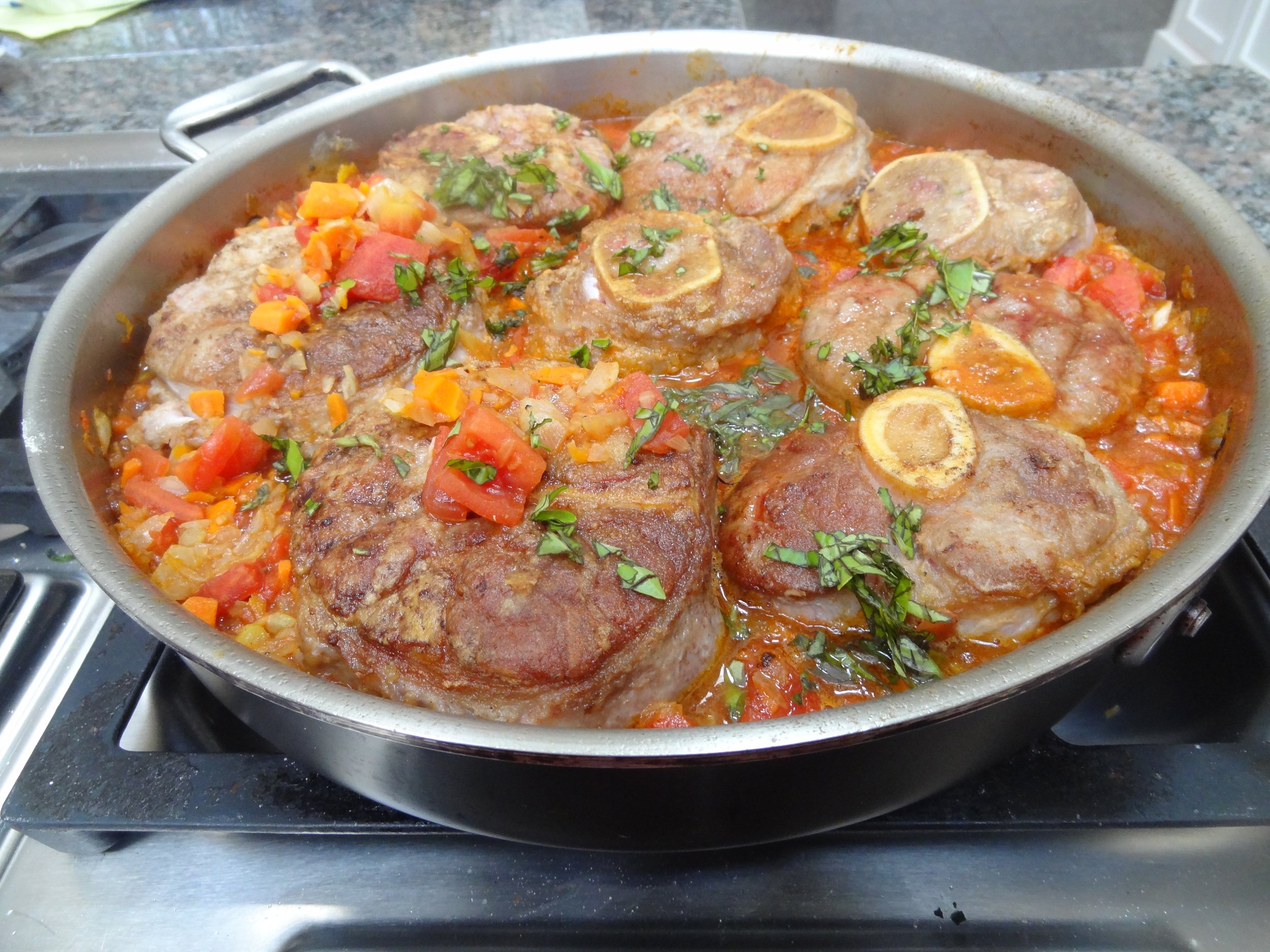It’s “Summertime, and the livin’ is easy.” So the song goes. And so can any entertaining you do. These puff pastry pizzas are an excellent example. I prepped them in less than 10 minutes, then set them aside and baked them just before my company came over. I usually make larger squares but wanted little bites, so I cut the puff pastry into hors d’oeuvres size and used sliced cherry tomatoes instead of regular ones. Here’s the basic recipe (cut smaller if desired):
FRESH TOMATO PUFF PASTRY PIZZA
3 large or 4 medium tomatoes, sliced about 1/4-inch thick (use cherry tomatoes for hors d size); salt
1 sheet puff pastry, thawed
2 cups shredded mozzarella cheese
2 tablespoons grated Parmesan cheese
3 tablespoons finely chopped basil
1 tablespoon olive oil
Preheat the oven to 425 degrees. Line a baking sheet with parchment paper. Slice the tomatoes and sprinkle with salt. Let rest 5 minutes and wipe the surface. Roll the puff pastry slightly thinner on a floured surface. Cut lengthwise once and widthwise twice to make 8 smaller pieces (OR leave in one piece for a whole tart OR make smaller hors d’oeuvres size pieces). Place the pieces on the baking sheet. Sprinkle each with some mozzarella cheese. Top with tomato slices. Sprinkle with remaining mozzarella and the Parmesan cheese. Sprinkle with basil. Drizzle with olive oil. Refrigerate for about 20 minutes. Bake for about 20 minutes or until golden brown.
Makes 8 servings




